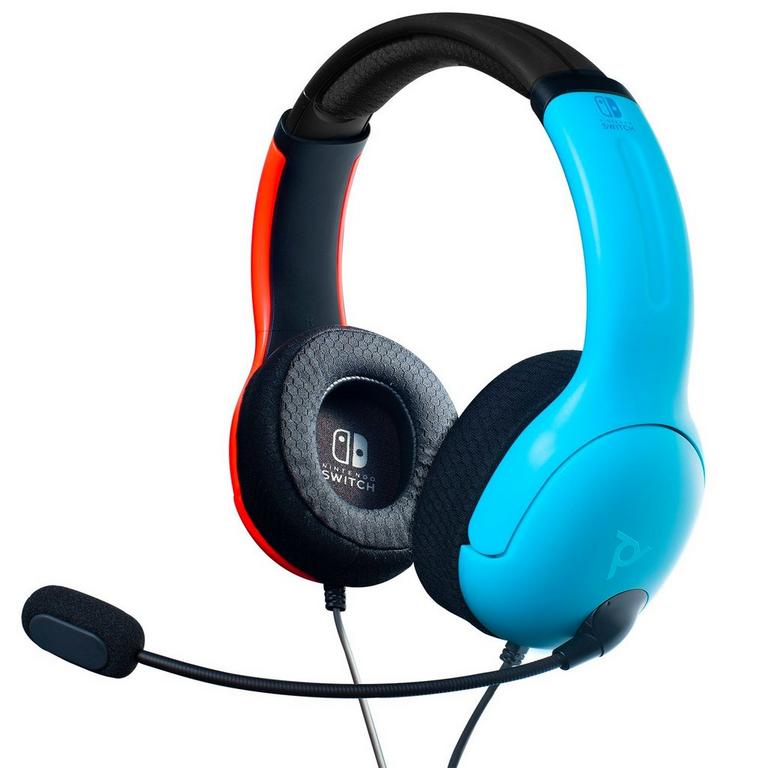CG Insights
Explore the latest trends and insights in technology and culture.
Game On, Ears Wide Open
Dive into the world of gaming like never before! Explore tips, tricks, and unheard stories that will keep your ears wide open. Game on!
Understanding the Impact of Sound Design in Video Games
Understanding the Impact of Sound Design in video games is crucial for creating an immersive experience. Sound design encompasses a variety of auditory elements, including environmental sounds, character voices, and music. These elements work together to establish the mood and atmosphere of a game, making players feel more engaged. For instance, sound effects that mimic real-life actions can enhance realism, while a carefully composed soundtrack can evoke specific emotions, influencing how players perceive the game world.
Moreover, effective sound design can facilitate gameplay by providing audio cues that guide players through challenges. For example, the sound of footsteps can indicate the presence of nearby enemies, while distinct audio for collecting items can signal achievements. This integration of sound not only enhances the overall gaming experience but also adds layers of complexity to gameplay mechanics. Ultimately, the impact of sound design in video games is profound, as it shapes player interactions and emotional responses, making it a vital component of game development.

How to Enhance Your Gaming Experience with Spatial Audio
In the world of gaming, spatial audio has emerged as a game-changer, elevating the immersive experience to unprecedented heights. By simulating a three-dimensional sound environment, spatial audio allows players to pinpoint the direction and distance of in-game sounds more accurately. This technology enhances situational awareness, making it easier to identify threats, locate teammates, and enjoy the subtleties of the game’s atmosphere. To maximize your gaming experience, consider investing in a high-quality headset that supports spatial audio, as this will enable you to fully appreciate the depth and clarity of the audio landscape.
In addition to using compatible hardware, it’s essential to optimize your game settings to take full advantage of spatial audio. Many modern games offer built-in options that can enhance sound quality, such as adjusting the sound balance or enabling specific audio modes. Here are some tips to help you configure your setup for the best possible experience:
- Adjust Audio Settings: Dive into the game’s audio settings to enable spatial audio features and tweak sound levels.
- Play with Surround Sound: Enable surround sound if your gaming headset supports it, as this will provide a richer audio experience.
- Test Different Games: Not all games implement spatial audio the same way, so experiment with various titles to find which ones utilize the technology most effectively.
The Role of Immersive Soundscapes in Video Game Storytelling
Immersive soundscapes play a crucial role in enriching the narrative experience of video games. By crafting intricate audio environments that reflect the tone and mood of the game, developers can transport players into an alternate reality, deepening their emotional engagement with the story. Sound effects, ambient noises, and musical scores collectively enhance player immersion, allowing them to feel the intensity of a battle or the tranquility of a serene landscape. For instance, the subtle rustling of leaves or distant echoes in a forest can create a sense of presence that visually stunning graphics alone may not achieve.
Moreover, immersive soundscapes can serve as a storytelling tool that guides players through the narrative. Audio cues can signal important events, highlight plot twists, or provide context to a character’s emotional state. In many games, the sound design evolves dynamically based on the player’s actions, which helps personalize the gaming experience. As players advance through a storyline, they may notice changes in the music or sound effects that reflect their journey, thereby forging a deeper connection to the narrative and increasing overall engagement.